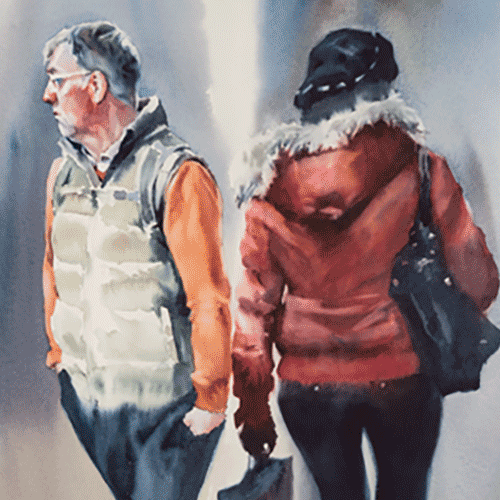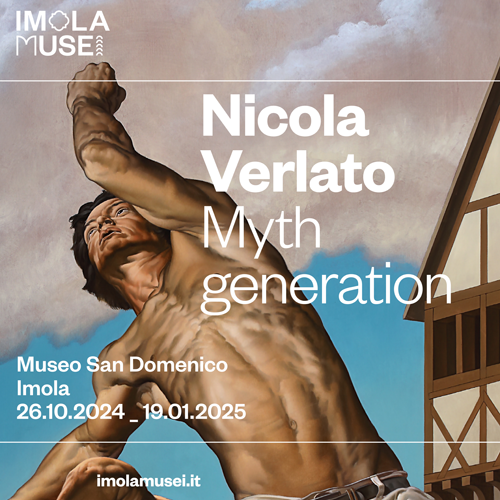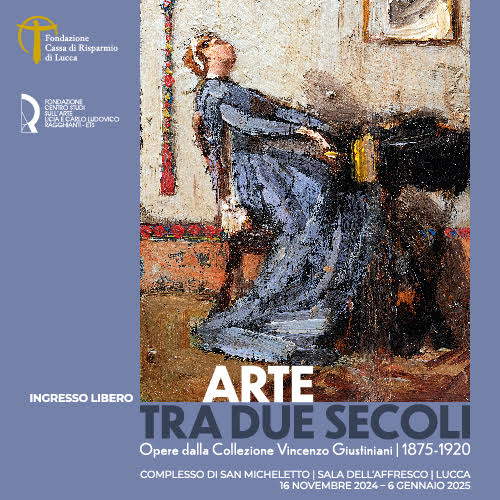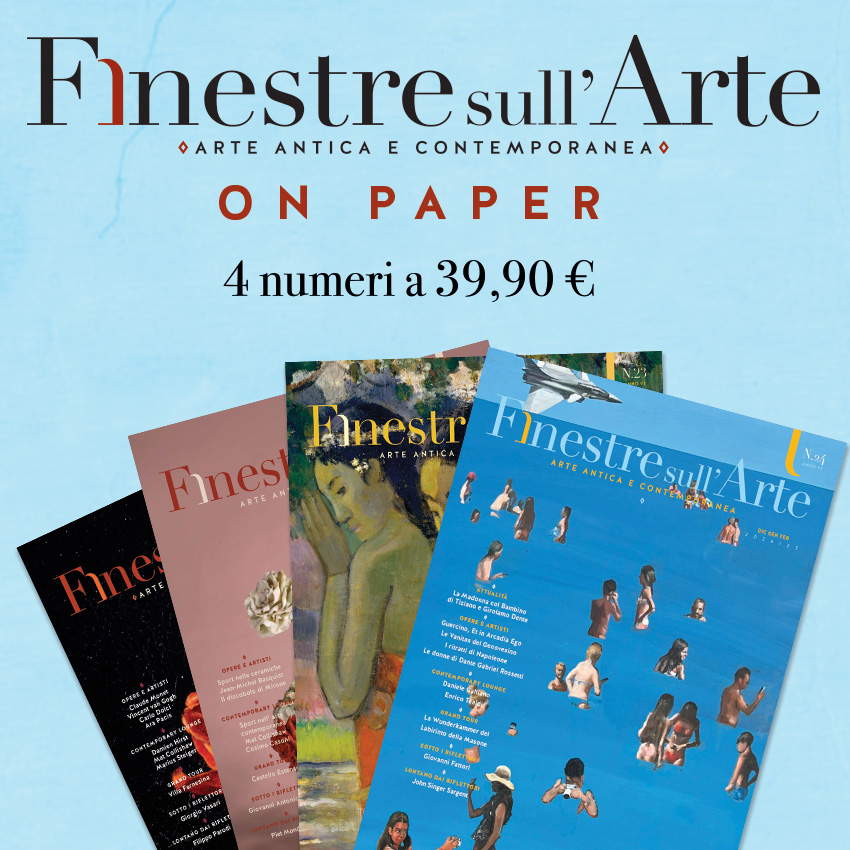The Divine Comedy illustrated by Mimmo Paladino. Interview with the creator, Sergio Risaliti
The year 2021 is the seven hundredth anniversary year of Dante Alighieri’s death in Ravenna on the night of September 13-14, 1321. There are numerous initiatives, promoted across the country, to commemorate the father of the Italian language, many of them on the web due to current restrictions caused by the containment of the pandemic. Sergio Risaliti, director of the Museo Novecento in Florence and curator of the contemporary art section at the Museo e Real Bosco di Capodimonte in Naples, has seized on the importance of the anniversary to devise an ambitious project: a special edition of The Divine Comedy illustrated by artist Mimmo Paladino. The volume, published by Forma Edizioni, is enriched with essays by Cristina Acidini and Giorgio Bacci, as well as boasting the collaboration of Riccardo Bruscagli, an expert on Dante and professor emeritus of Italian literature at the University of Florence. The volume is due out next April and three versions are planned: one in popular format that will go to bookstores, available with the essays in Italian and English, while the text of the Divine Comedy remains intact. Another version, on the other hand, is offered in a limited, large-format edition (signed and numbered), available in 150 copies that comes in a cloth slipcase. Finally, 70 copies that, in addition to being large format (signed and numbered), contain two original lithographs by artist Mimmo Paladino. We talked about it with the creator and curator of the project, Sergio Risaliti.
AM. Director, what inspired you for the ideation of this publishing project?
SR. First and foremost by the boundless love I have for the Divine Comedy, a reading that has always accompanied me and which I believe is a tool for educating people about poetry and the moral values it contains. Then from the friendship with Mimmo Paladino, who several times has engaged in the illustration of great texts of literature such as Pinocchio and Don Quixote, on the latter he also made a film, or of epic poems such as the Illiad and the Odyssey.
Was it you who proposed to Mimmo Paladino to illustrate the Divine Comedy?
Yes, it was me. I immediately had a clear idea to involve him because I think he has a distinct imaginative availability. An ability to fantasize that restores with signs and images aspects of the poem that are not immediately interpretable. Paladino’s is not just a didactic illustration, but a true artistic and poetic reinvention of the verses that inspired him.
On what basis did the artist choose the passages to illustrate?
I would say that the scientific contribution of Professor Bruscagli, who boasts an extraordinary ability to scour Dante’s territory, was fundamental.
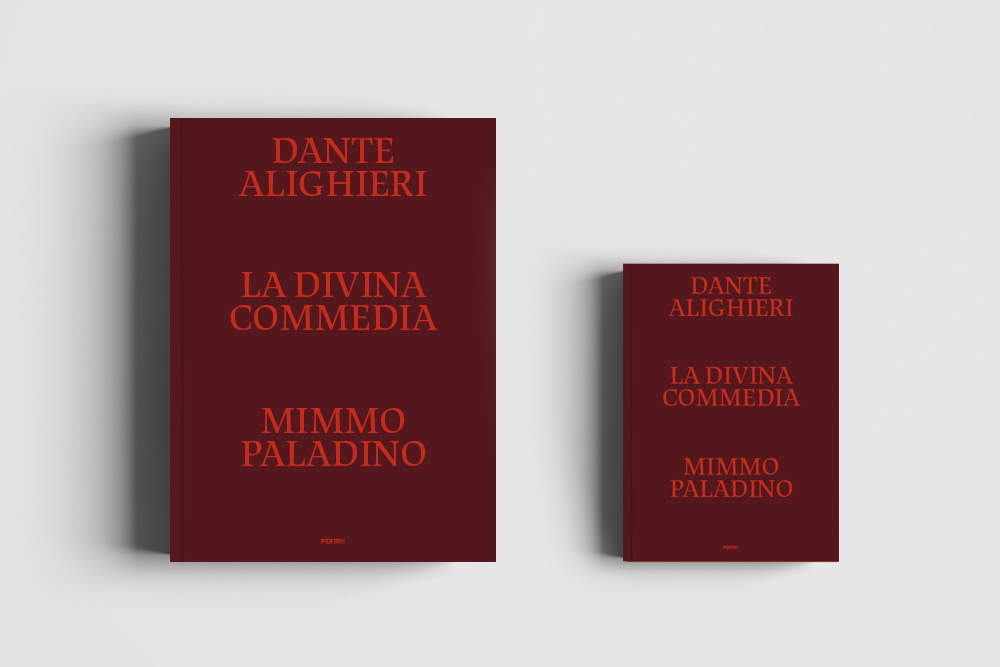 |
| The Divine Comedy illustrated by Mimmo Paladino |
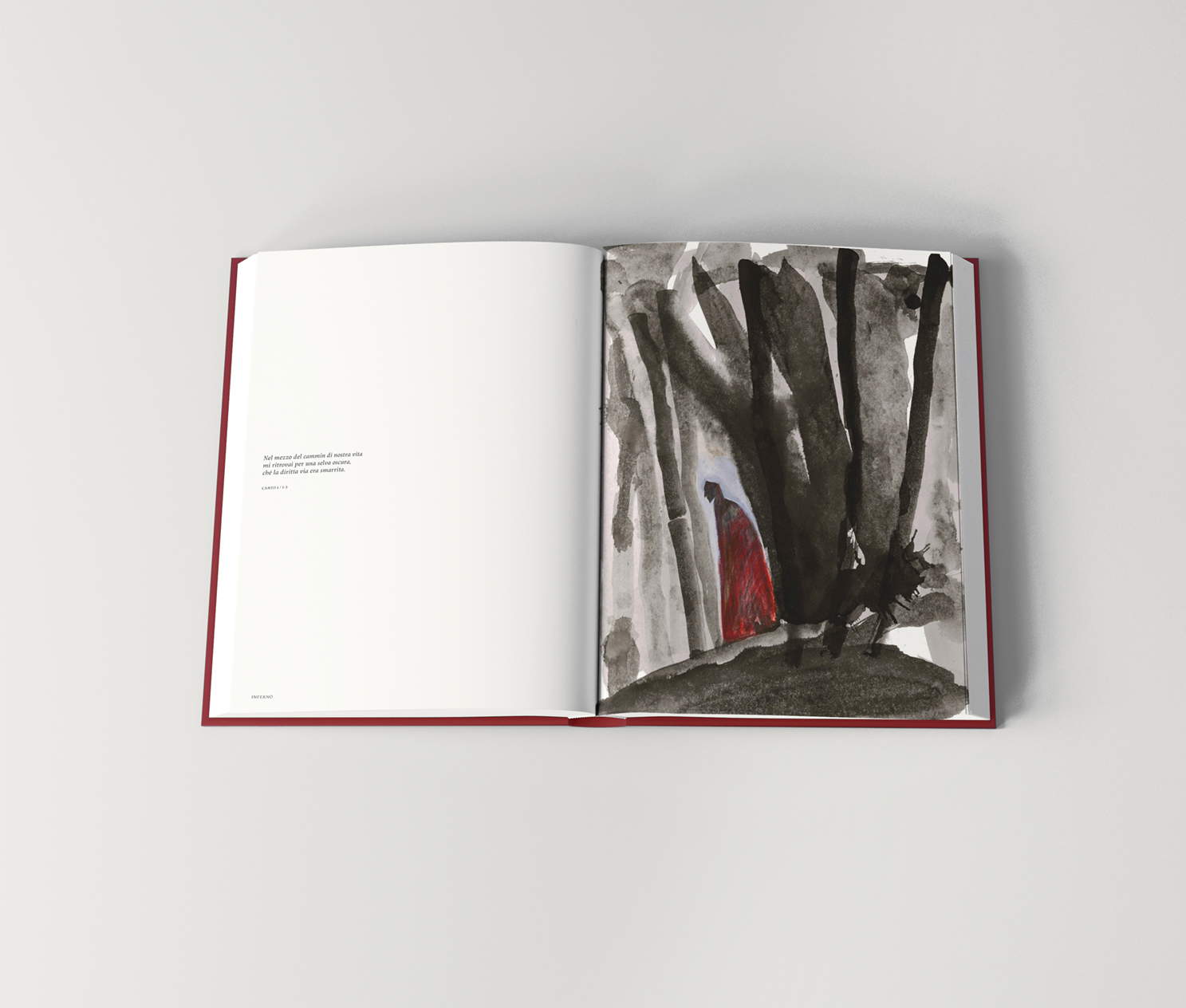 |
| The Divine Comedy illustrated by Mimmo Paladino |
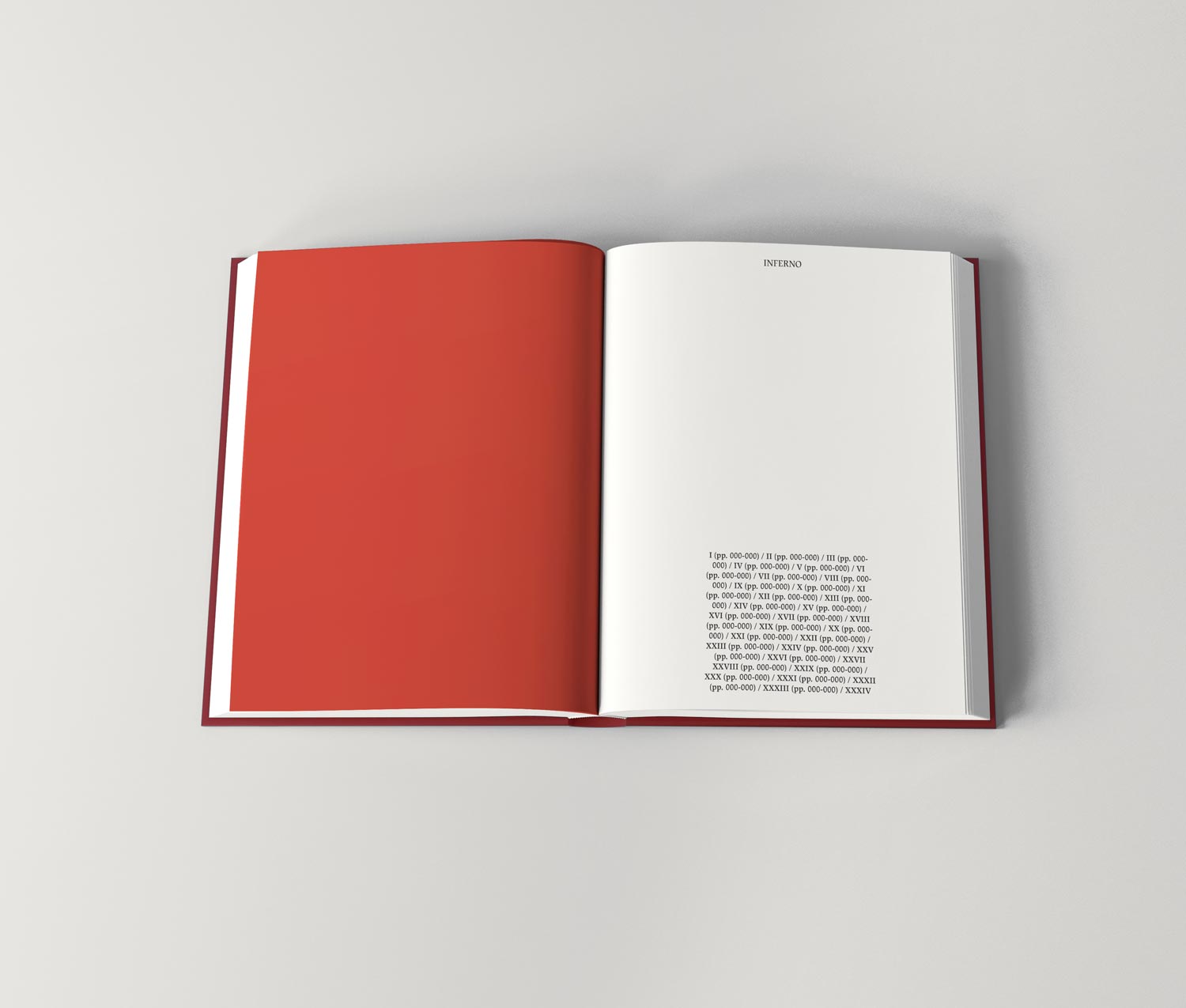 |
| The Divine Comedy illustrated by Mimmo Paladino |
How do the images connect with the words? What do they want to give back to the reader?
Dante is a plastic and figurative poet; we could call him, today, a contemporary film director. In the Divine Comedy there are very powerful images that return a strong visual impact. We think of Paolo and Francesca, so overwhelmed by their love, embraced and entwined allinfinity, here Dante was writing making images alive. Paladino, taking his cue from Dante’s immense figurative repertoire, brings with his illustrations other solicitations, going beyond the limit of words and adding his portion of space and meaning.
Are there artists throughout history who have been captivated by the Divine Comedy’s appeal?
The artists who have been involved in the illustration of the Divine Comedy are many. Between the 1400s and 1500s Sandro Botticelli and Federico Zuccari are mentioned, while in more modern times William Blake and Gustave Doré. In particular, I am linked to Doré by the memory of an edition of the Divine Comedy, illustrated by the French artist, which belonged to my family and which I still keep. In more contemporary times, the works of Renato Guttuso and Robert Rauschenberg figure.
And today, on the other hand?
Even today, certainly. For a future project, I have asked some young artists to allow themselves to be permeated by the fascination with the Divine Comedy to create different depictions of the poem. For inspiration, one need only think of the current pandemic situation. We have passed through hell, now we are in purgatory, waiting to return to the light.
In your opinion, what is the most important aspect of the legacy left to us by Dante?
The language, undoubtedly. The richness of Dante’s vocabulary and ability to signify with words immortal human experiences. A value that takes on even more importance in these times when we are witnessing a gradual impoverishment of our vocabulary, also dictated by a contamination with other languages.
As you are director of the Museo del Novecento in Florence, can you tell us about the initiatives aimed at commemorating the Supreme Poet?
On March 29, again based on the pandemic, three works by Iranian artist Ali Banisadr, inspired by the reading of the Divine Comedy, will be exhibited in the Sala dei Gigli of the Palazzo Vecchio in Florence. Dante was familiar with Eastern culture and literature, so it will be interesting to witness the dialogue between contemporary Iranian art and the writings of the Supreme Poet. In the summer, again Covid permitting, a full reading of the Divine Comedy is scheduled in the loggia of the Museo del Novecento. Of course, the book we are talking about, which came about thanks to the collaboration with Mimmo Paladino, is also the result of the need to honor the immense significance of the Divine Comedy on the occasion of the seven hundredth anniversary of Dante’s death.
Warning: the translation into English of the original Italian article was created using automatic tools. We undertake to review all articles, but we do not guarantee the total absence of inaccuracies in the translation due to the program. You can find the original by clicking on the ITA button. If you find any mistake,please contact us.




